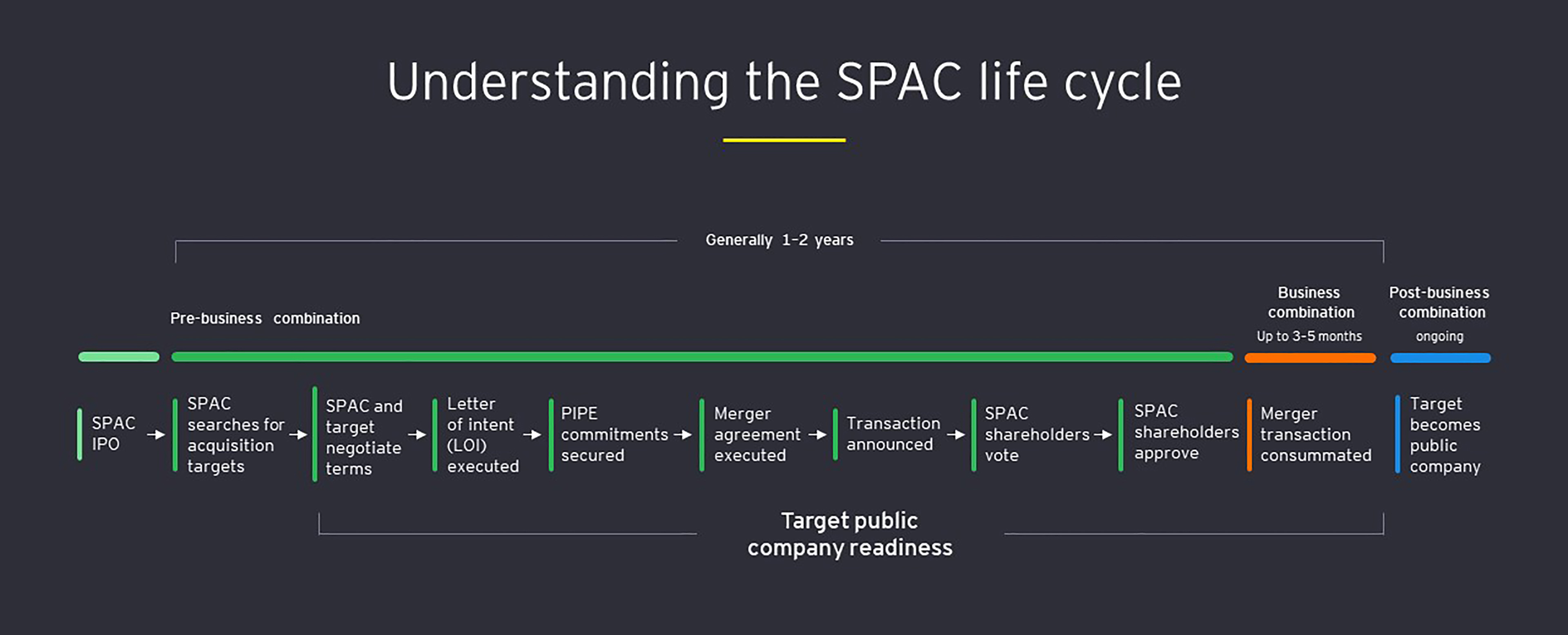What’s in it for corporate SPAC sponsors?
For larger corporates looking for strategic growth, SPACs can be an attractive additional instrument in their toolboxes. They can provide unique opportunities to shield the larger corporation from financial risk and offer potential for sizable ROI.
SPACs also enable corporates to compete to acquire high-potential, entrepreneurial companies as assets in their portfolios. As SPACS increase in popularity, many of these pioneering private companies are merging with SPACs versus pursuing a traditional M&A route, so a large corporate that ignores the SPAC market could miss opportunities to strengthen its corporate portfolio and capabilities.
Increasing demand for SPAC board members
As SPACs continue to grow in popularity and number, there is an increasing demand for directors to fill their boards. Directors who are approached about filling a board seat need to start by considering the overall reputation of the sponsor with which they would be associating.
Executives considering joining a SPAC board also need to gauge their expected level of involvement. Some sponsor groups will expect board members to contribute significantly in identifying, vetting and filtering potential targets. In other cases, directors are less directly active in deal making.
Potential board members should also assess the level of risk they would be taking on, including litigation risk related to alleged proxy statement deficiencies and underwhelming performance of the target company after the de-SPAC merger. They should also understand the directors and officers (D&O) insurance being carried by the SPAC sponsor and make sure they’re comfortable with that level of coverage. Focusing heavily on diligence, disclosures and forecasting can help mitigate these risks.
How SPAC targets can prepare
Private company executives and boards seeking growth capital or liquidity through a public listing should always consider all viable options for accessing the capital markets. Should a private company team deem the SPAC vehicle a fit for its financing needs, it must understand that this expedited path still requires the business to be prepared to operate as a public company post-merger – and often requires advanced preparation in a very compressed time frame prior to the completion of the merger.
If possible, to be a more attractive target in advance, private companies should focus on several functions – from strategy and structure to operations and reporting – prior to becoming a target. Top considerations include:



